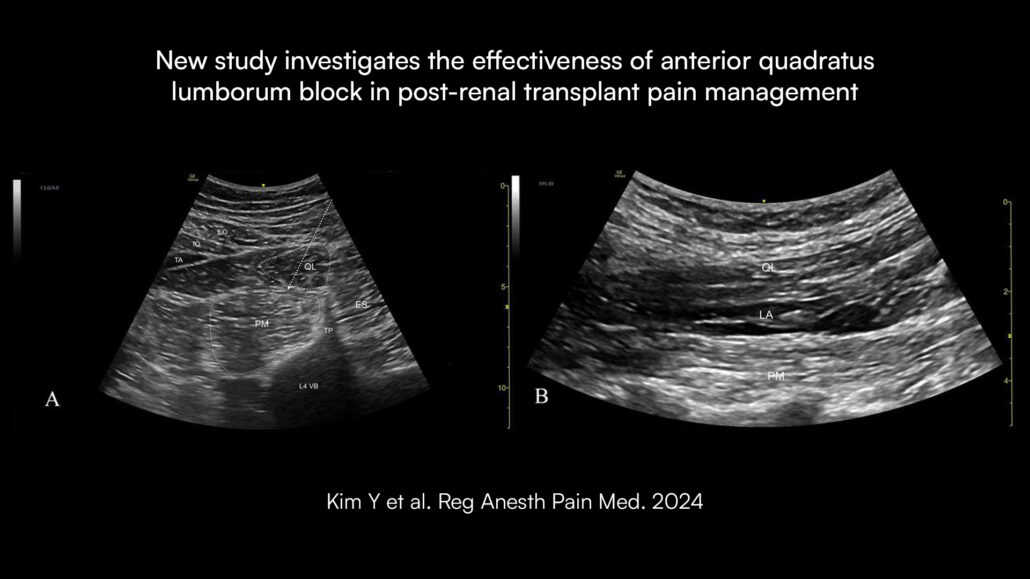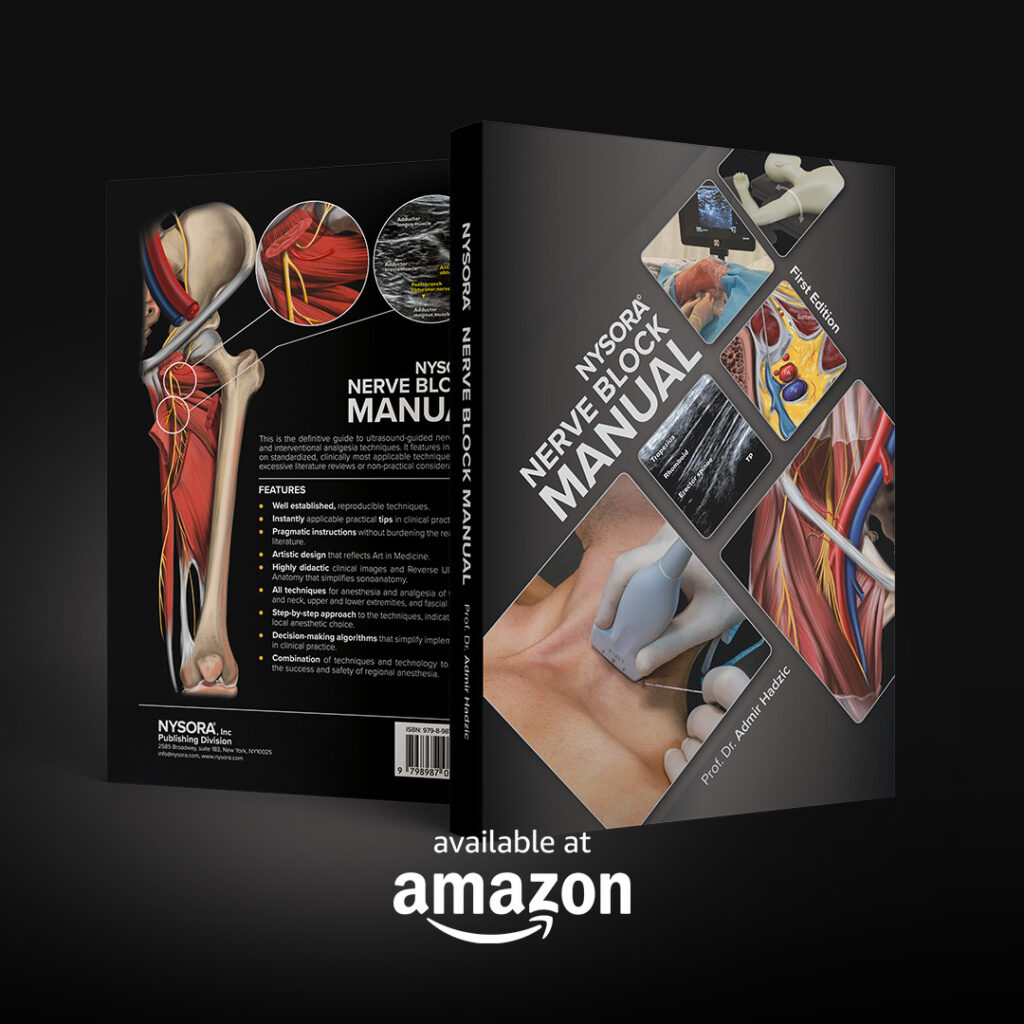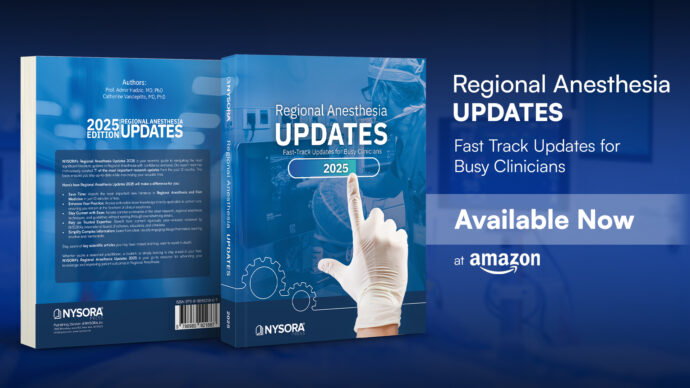
New study investigates the effectiveness of anterior quadratus lumborum block in post-renal transplant pain management
Renal transplantation is a critical treatment for end-stage renal disease, but managing postoperative pain remains challenging due to the altered pharmacokinetics in kidney graft recipients. While opioids are commonly used for pain relief, their side effects can complicate recovery.
Given the limited non-opioid analgesic options, the anterior quadratus lumborum (QL) block, a relatively new technique, was investigated for its potential to reduce opioid consumption and improve pain management in this context. This study specifically aimed to determine if the unilateral anterior QL block could effectively lower postoperative opioid use following living-donor renal transplantation within a multimodal analgesia framework.
Study objective and methods
The study was a double-blinded randomized controlled trial involving 88 adult patients undergoing living-donor renal transplantation. Participants were randomly assigned to receive either a unilateral anterior QL block with 30 mL of ropivacaine 0.375% or a sham block with normal saline. All patients received standard multimodal analgesia, including acetaminophen and fentanyl via intravenous patient-controlled analgesia (PCA).

Ultrasound image of the anterior quadratus lumborum block. (A) Anatomical details and needle placement. The arrow indicates the needle’s trajectory. (B) Confirmation of the correct spread of injectate. After completion of injection, the probe is rotated 90° in a longitudinal orientation. The separation of the quadratus lumborum and psoas major muscles can be observed by the cephalad spread of the injectate. EO, external oblique muscle; ES, erector spinae muscle; IO, internal oblique muscle; L4 VB, L4 vertebral body; PM, psoas major muscle; QL, quadratus lumborum muscle; TA, transversus abdominis muscle; TP, transverse process.
The primary outcome measured was total opioid consumption during the first 24 hours post-transplantation. Secondary outcomes included pain scores, time to first opioid administration, cutaneous sensory block, motor weakness, nausea/vomiting, quality of recovery scores, time to first ambulation, and length of hospital stay.
Key findings
- Primary outcome: The total opioid consumption in the first 24 hours post-transplantation did not differ significantly between the QL block group and the control group (median 160.5 mg vs. 187.5 mg oral morphine equivalent; p=0.29).
- Secondary outcomes: Similarly, no significant differences were observed in pain scores, time to first opioid administration, incidence of nausea/vomiting, or other secondary outcomes.
Conclusion
The study concluded that the anterior QL block does not reduce postoperative opioid consumption or pain scores in patients receiving multimodal analgesia after living-donor renal transplantation. Therefore, routine use of the anterior QL block in this surgical population is not supported.
Further research
Further research may explore different contexts or additional techniques to enhance postoperative pain management in renal transplant recipients.
For more detailed information, refer to the full article in RAPM.
Kim Y, Kim JT, Yang SM, et al. Anterior quadratus lumborum block for analgesia after living-donor renal transplantation: a double-blinded randomized controlled trial. Reg Anesth Pain Med. 2024;49(8):550-557. Published 2024 Aug 5.
Download the Nerve Blocks App HERE for in-depth insights on the quadratus lumborum block. Prefer a physical copy? The bestselling NYSORA Nerve Blocks App is available in book format—an essential resource for mastering nerve blocks!




